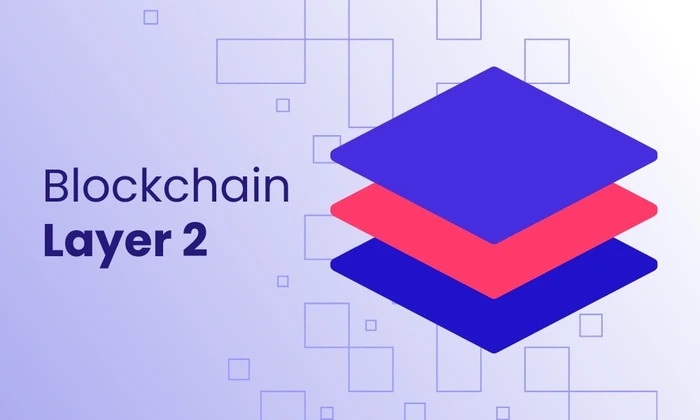Layer 2 scaling solutions address blockchain congestion through off-chain transaction processing and intelligent batching mechanisms that significantly increase network throughput while maintaining underlying security guarantees. These protocols handle transactions outside main blockchain networks before settling final states on base layers, creating dramatic capacity improvements that benefit all network participants. The reduced congestion and lower fees created by Layer 2 adoption particularly benefit time-sensitive operations, presale token distributions, enabling smoother participant experiences and more predictable transaction costs during high-demand token launch events.
Sidechain architecture benefits
- Independent processing chains operate parallel to main networks while maintaining security through periodic checkpoints and bridge mechanisms that enable asset transfers between networks. These sidechains can implement different consensus mechanisms optimised for speed while maintaining security through main network connections.
- Cross-chain bridge functionality enables seamless asset transfers between main networks and scaling solutions while maintaining asset security and enabling users to choose optimal networks for different transaction types and requirements. These bridges create unified user experiences while distributing load across multiple network options.
- Specialized optimization allows sidechains to implement features specifically designed for particular use cases, creating highly efficient processing for targeted applications while reducing burden on general-purpose main networks. Gaming, DeFi, and NFT applications can utilise specialised sidechains optimised for their specific requirements.
Plasma chain implementations
- Child chain hierarchies create tree structures of interconnected networks that can handle massive transaction volumes while settling periodically with parent chains for security assurance. These hierarchical structures enable exponential scaling while maintaining security through cryptographic proof systems and dispute resolution mechanisms.
- Fraud proof systems protect plasma implementations through economic incentives and cryptographic challenges that detect and prevent malicious behavior while maintaining network security. These systems enable optimistic processing while providing security guarantees through game-theoretic mechanisms and economic penalties.
- Mass exit capabilities ensure user safety during network issues by enabling coordinated withdrawals to main networks when problems occur, maintaining user fund security while enabling high-performance processing during normal operations. These safety mechanisms build user confidence while enabling aggressive optimization.
Zero-knowledge proof integration
ZK-rollup implementations utilize advanced cryptographic proofs to validate transaction batches without revealing individual transaction details, creating privacy benefits while dramatically improving throughput and reducing network congestion. These systems provide mathematical certainty about batch validity while processing thousands of transactions efficiently.
- Validity proofs enable immediate transaction finality without waiting for challenge periods or dispute resolution
- Privacy preservation protects transaction details while maintaining network security and regulatory compliance
- Computational efficiency reduces processing costs while maintaining cryptographic security guarantees
- Scalability improvements handle transaction volumes that exceed base layer capabilities by orders of magnitude
STARK and SNARK implementations provide different privacy and efficiency tradeoffs that enable optimization for specific use cases while maintaining security properties and congestion reduction benefits across diverse application requirements.
Network effect amplification
Ecosystem development creates positive feedback loops where increased Layer 2 adoption encourages additional applications and users, further distributing network load while building sustainable scaling solutions. These network effects create long-term congestion relief while building robust alternative processing infrastructure. Developer tool improvements make Layer 2 integration increasingly accessible for application developers while reducing implementation complexity and encouraging adoption that benefits entire networks through distributed processing. Improved tooling accelerates Layer 2 adoption while maintaining security standards.
Layer 2 protocols successfully address network congestion through diverse scaling approaches that maintain security while dramatically improving throughput and reducing costs. These solutions create sustainable blockchain scaling that benefits all network participants while establishing foundation infrastructure for mainstream blockchain adoption and sophisticated decentralized application deployment that requires high-performance transaction processing.
